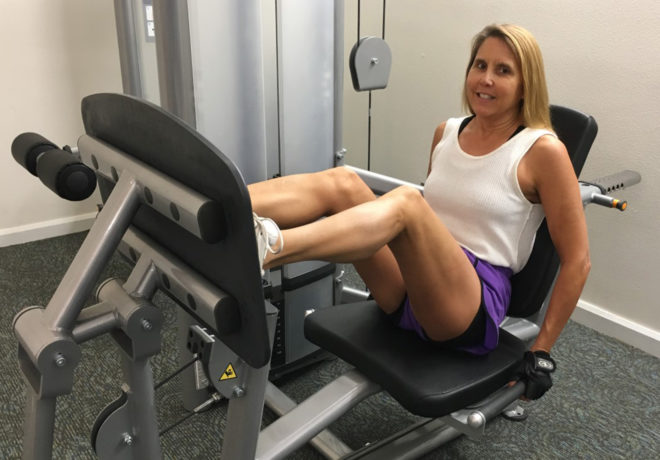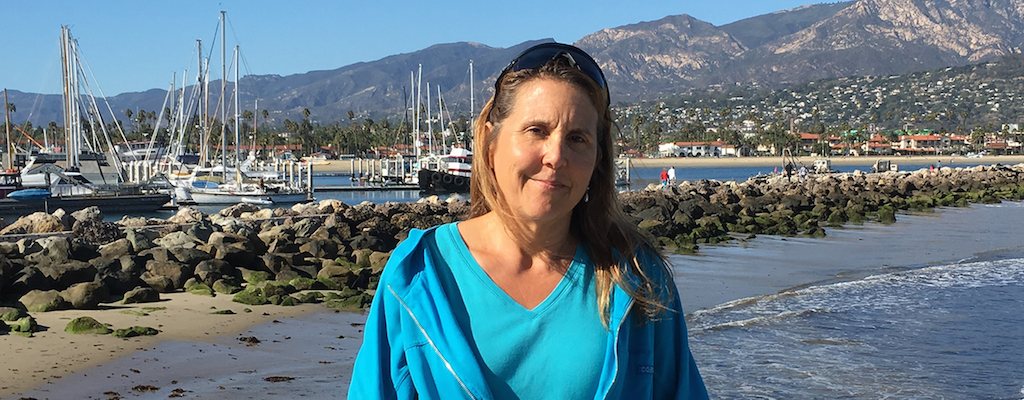Be Diabetic Second
 The secret to my overall success, both professional and personal, is that I made a conscious choice to live my life by one guiding principle: live life first, and be diabetic second. In the beginning, I’m not sure it was even a conscious choice (I was only 4 years old when diagnosed with type 1 diabetes (T1D)), but rather an integral part of my personality. I am not one to let obstacles keep me from reaching my goals. Having diabetes has undeniably been one of the greatest challenges to living my life the way I want to, but it has almost never been an insurmountable one.
The secret to my overall success, both professional and personal, is that I made a conscious choice to live my life by one guiding principle: live life first, and be diabetic second. In the beginning, I’m not sure it was even a conscious choice (I was only 4 years old when diagnosed with type 1 diabetes (T1D)), but rather an integral part of my personality. I am not one to let obstacles keep me from reaching my goals. Having diabetes has undeniably been one of the greatest challenges to living my life the way I want to, but it has almost never been an insurmountable one.
It’s hard to even imagine life without diabetes when you get it as young as I did. I don’t remember much about being diagnosed other than feeling sluggish and tired all the time. The biggest irony was that my mother had avoided becoming a nurse because she hated needles, but the doctors wouldn’t let me out of the hospital before she learned how to give me shots. Apparently she spent days practicing shooting water into an orange. When she gave me my first shot in my arm, she jabbed the needle so hard it rebounded back out. I am told I said, with tears streaming down my face, “Mommy, go practice on the orange some more.”
Diabetes has, in many ways, been a blessing in disguise. It likely had a positive impact on my family’s overall health as we all switched to the same diet prescribed for me at the time—a balanced blend of carbs, protein and fat, with lots of vegetables, some fruit and a very limited amount of sweets and refined foods.
Having diabetes has been a positive, shaping force in my life when it comes to exercise and physical activity. While many view exercise as a punishment, I fully embrace using diabetes as an excuse to put my workouts first! I was always active as a kid, playing in the woods, building forts and just being a tomboy. As a preteen, I began exercising regularly on my own and doing organized sports because being active was the only thing that made me to feel like I had any control over my blood glucose. Way back then no one had blood glucose meters (only inaccurate urine testing), but I could tell being active helped.
To this day, I still exercise six to seven days a week, and my passion is helping others with all types of diabetes do the same. I personally vary my daily workouts to keep them fun and to stay injury-free. When people ask me how I manage to do all I do in life, I simply tell them, “I work out.”
Diabetes also led me to an early calling as a healthy lifestyle and diabetes motion expert. When I was about 12, I spent a week in Kansas with my grandmother, who had what they called “borderline” type 2 diabetes. She was on yet another diet to lose weight, and I decided to help her while I was there, acting like a personal trainer or fitness coach. I weighed her in every morning, helped her measure out her food and made her jog laps around her backyard. At the start of the week, she agreed to pay me $1 for every pound she lost. She lost eight pounds that week—was I ever a rich kid! Little did I know back then that she likely lost a whole lot less after the first week and probably gained it all back over time.
My grandmother was the only other person I knew with diabetes. Later on when I was in graduate school working on my first degree in exercise physiology, my grandmother started suffering myriad complications, including a heart attack, followed two years later by a major stroke and smaller ones that eventually left her incapacitated. She was bed-bound and unable to communicate or feed herself for most her last six years, and she had partial amputations of both of her legs due to chronic ulcers. During one visit, I looked at her and thought, I don’t want to live like that.
 Most of my life and career I have focused on how to stay healthy with diabetes and avoid complications. To me, what’s most important is living well while you’re alive. That’s why I preach about how important a healthy lifestyle is to maintaining your quality of life.
Most of my life and career I have focused on how to stay healthy with diabetes and avoid complications. To me, what’s most important is living well while you’re alive. That’s why I preach about how important a healthy lifestyle is to maintaining your quality of life.
You certainly don’t have to get a PhD in exercise physiology like me to understand the metabolic changes that occur with exercise. You can virtually “erase” overeating mistakes with exercise, and you can keep yourself from getting other health conditions (like heart disease). After 50 years with T1D, I’m sure that my excellent health is completely because of my lifestyle choices.
I mean, what’s the point of living longer if you can’t live well and feel your best every day of your life?
Learn more about the Medical Fitness Network.





